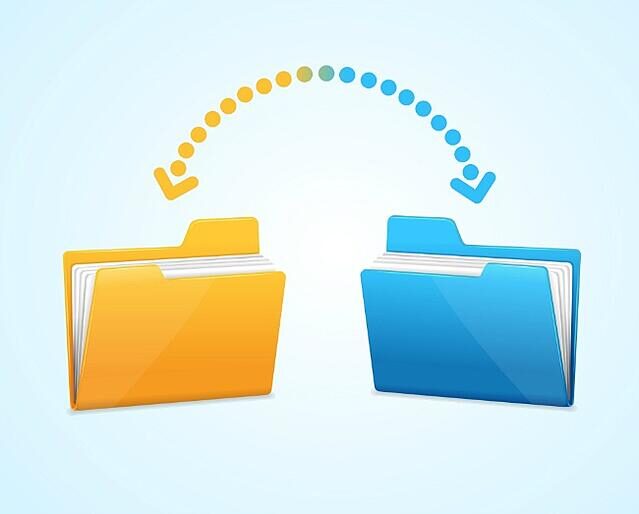A replicationReplication is a fundamental process in biology and science, which refers to the duplication of molecules, cells or genetic information. In the context of DNA, Replication ensures that each daughter cell receives a complete copy of the genetic material during cell division. This mechanism is crucial for growth, Development and maintenance of the organisms, as well as for the transmission of hereditary characteristics in future generations.... of databaseA database is an organized set of information that allows you to store, Manage and retrieve data efficiently. Used in various applications, from enterprise systems to online platforms, Databases can be relational or non-relational. Proper design is critical to optimizing performance and ensuring information integrity, thus facilitating informed decision-making in different contexts.... It is a technique through which we copy a database instance exactly to another location. Used in distributed database management system environments where a single database must be used and updated in multiple locations simultaneously.

Today there are many applications and systems on the Internet that have a database that follows the client-server model below. Often these systems must have guaranteed accessibility, so to avoid problems it is necessary to use this type of database replication so that a failure in one of the database servers does not prevent users from continuing to use the application.
Through the database replication, users everywhere may be accessing what to them is the same data, even when in reality, physically that data can be transparent to the user, in different nodes or locations.
Types of database replication
We can talk about at least 3 types database replication:
- Instant replication: data from one server is simply copied to another server or to another database within the same server. When copying everything, does not need a change control. Regularly used when data changes infrequently.
- Transactional replication: A full copy of the database is sent first and then updates of the data that change periodically (or sometimes continuously). Used when you need all nodes with all database instances to have the same data within seconds of making a change.
- Mix replication– Data from two or more databases are combined into a single database. A full copy of the database is sent first. Subsequently, The Database Administration System verifies the changes that appear in the different nodes and the data is synchronized at a scheduled time or upon request. It is especially useful when each node generally uses only the data that is updated there, but due to the circumstances you also need to have the data of the other sites.
3 Benefits of database replication
Replication can offer you great benefits primarily related to performance, data availability and security.
- Higher reliability: through the database replication Through multiple servers, ensures that data is available even in the event that one of the machines has a serious hardware failure. The distributed database management system must be able to route affected users to another of the available nodes.
- Performance improvement: how the data is distributed on different servers, multiple accesses do not saturate the servers. This is especially important for applications that may have hundreds or hundreds of hundreds of simultaneous requests.. App performance increases dramatically.
- Enhanced data security– In a traditional transactional system, all updates to a database are stored on the same disk. The security of your data is then in the hands of the backup strategy that you have implemented in that server. With the database replication increases data security as updates are written to multiple servers. In other words, various discs, various power supplies, CPU, etc. They are used to ensure that your data is safe on some servers, even if disaster may occur in other.
In summary, the database replication It is used to propagate data in distributed database environments in a way that improves the reliability and performance of the applications that use it. You have different types of database replication what can you use. The choice of one or the other will depend on its nature and use..
(function(d, s, id) {
var js, fjs = d.getElementsByTagName(s)[0];
if (d.getElementById(id)) return;
js = d.createElement(s); js.id = id;
js.src = “//connect.facebook.net/es_ES/all.js#xfbml=1&status=0”;
fjs.parentNode.insertBefore(js, fjs);
}(document, ‘script’, 'facebook-jssdk'));






